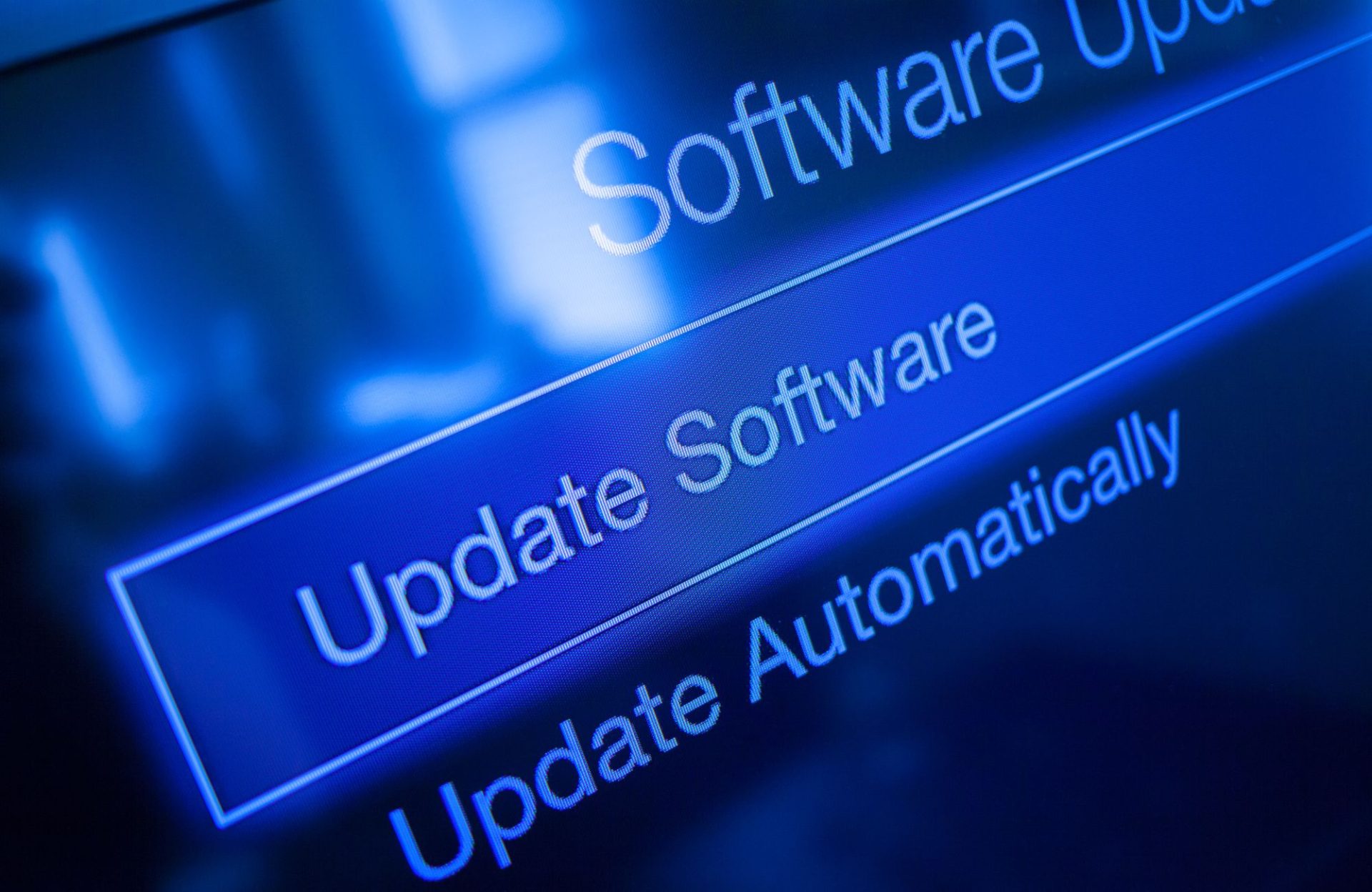When designing or upgrading a life sciences laboratory, selecting the right building automation system (BAS) is important for mission-critical environments. A properly designed BAS ensures precise control of environmental conditions, supports regulatory compliance, and provides an environment that safeguards potentially lifesaving research and equipment.
This post explores how to choose the right vendor for a mission-critical BAS.
The Unique Needs of Building Automation Systems for Life Sciences Laboratories
Building automation systems provides centralized control and monitoring of key systems, contributing to the proper and effective operation of labs at life sciences, biotechnology and university research facilities.
The first step in selecting a BAS is understanding the lab’s operational requirements, security protocols, compliance standards, and growth projections. For instance, pharmaceutical labs often require highly stringent controls and data logging to meet quality and regulatory standards, while biotechnology labs may prioritize scalability for rapidly evolving projects. University research labs often need a flexible system to accommodate diverse research needs and limited budgets. Recognizing these differences is key to designing a BAS that fits the specific use case.
Key Factors to Consider When Choosing a Building Automation System
A BAS for a laboratory must support stringent HVAC control systems to maintain tightly defined temperature, humidity, and air quality levels. Precision is paramount to avoid compromising experiments, samples, and research integrity. Additionally, the building automation system should have robust data reporting capabilities to meet regulatory compliance requirements, providing an auditable trail of environmental conditions.
Modern life sciences laboratories often house specialized equipment such as lab control systems, toxic gas detection systems, air quality monitoring and Fourier transform infrared spectroscopy (FITR) systems that require customized monitoring and control settings.
The right BAS will seamlessly integrate with these systems while providing robust alarm management to promptly address deviations from set parameters. BAS solutions can generate a lot of alarms – only a few of which are critical. To help identify and escalate the critical alarms, it’s important that the BAS be integrated with advanced alarm management systems such as Albireo’s CALM service.
Additional factors that must be evaluated when selecting a BAS, include:
- System Scalability: Ensure the BAS can adapt to the lab’s growth and evolving needs.
- Reliability: Opt for a BAS with proven uptime and performance records, minimizing the risk of costly disruptions.
- Real-Time Monitoring: Choose a system with continuous monitoring capabilities to detect and address issues proactively.
- Data Analytics and Reporting: Advanced analytics can provide insights into energy use, system efficiency, and compliance.
- Cybersecurity Measures: Safeguard sensitive data and systems against potential cyber threats by selecting a BAS with robust security protocols.
- Future-Proofing: Ensure the system can accommodate future technological advancements and evolving industry standards, avoiding obsolescence.
By prioritizing these factors, life sciences facilities can implement a BAS that not only meets current demands but also remains resilient in the face of future challenges.
What to Look For in a Mission-Critical Building Automation Vendor
Selecting the right vendor is as important as choosing the BAS itself. A strong vendor partnership ensures a seamless implementation process and ongoing support for the system’s lifecycle.
We strongly believe in a technology-agnostic approach, which means your vendor is not limited to a particular technology and can tailor the BAS to your laboratory’s needs rather than being limited by specific product affiliations. Nationwide project execution expertise is also crucial—look for vendors with a proven track record in working with life sciences laboratories.
When evaluating prospective vendors, consider asking the following questions:
- What experience do you have with life sciences laboratories?
- Can you provide references or case studies of similar projects?
- How do you ensure system scalability and future-proofing?
- What cybersecurity measures do you implement?
- How do you handle ongoing support and maintenance?
By addressing these questions, you can identify a vendor that aligns with your laboratory’s mission and operational goals.
A building automation system is a cornerstone of any mission-critical life sciences laboratory. By understanding the unique needs of these environments, evaluating key factors, and partnering with the right vendor, you can implement a BAS that ensures precision, reliability, and scalability. This investment not only safeguards research and compliance but also positions your laboratory for long-term success in a rapidly changing industry.






